The Snapper Challenger Series Event Was the Surf Contest the WSL Needed Badly
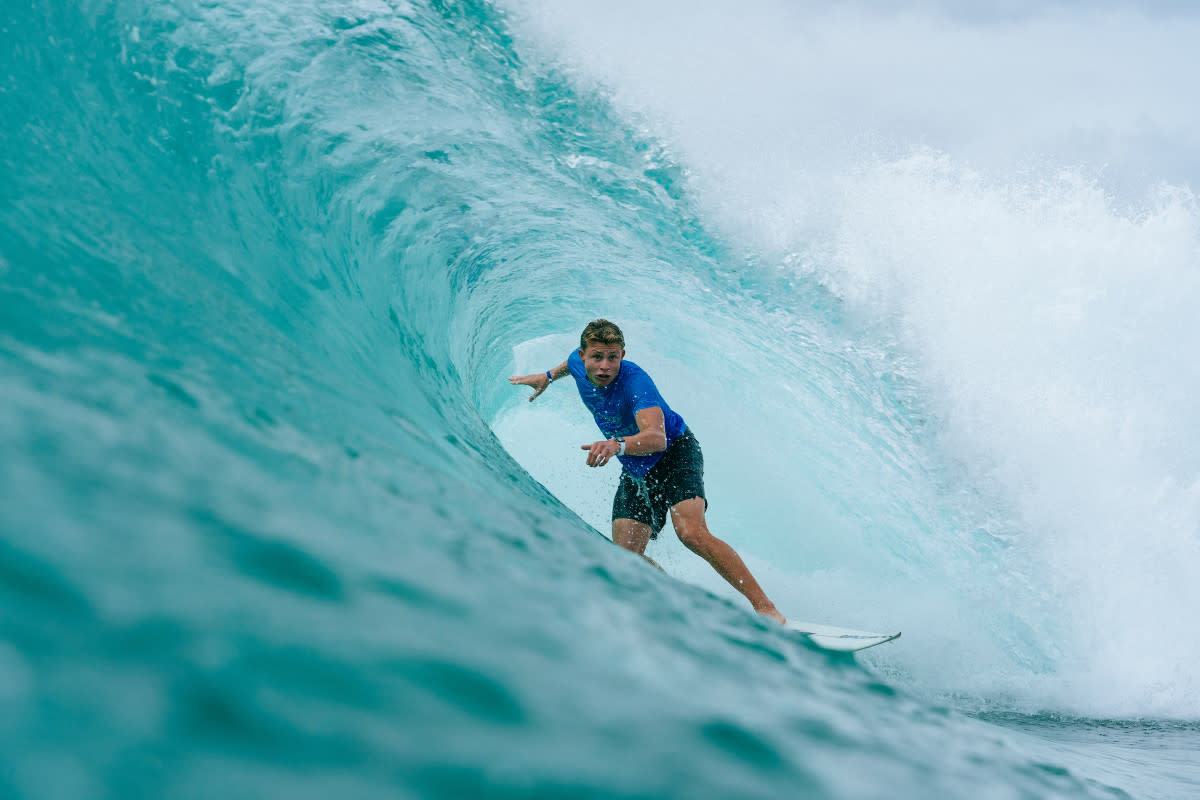
Andrew Shield/WSL
The Bonsoy Gold Coast Pro. It was the event the World Surf League needed so badly, only it happened on the wrong tour. That wasn’t a bad thing though, with the Gold Coast Challenger Series event providing the kind of theatre, pressure and performances that only this tier and its format is capable of.
Held in pumping four-to-six foot hollow, rippable, roping, quintessentially east coast Australian point break conditions, the Gold Coast Pro was a fiesta of high-performance, high-octane, high-pressure surfing. A blink-and-you’ll-miss-it theatre of dreams and nightmares fought out between up and coming supernovas, aging journeyman and women, and recently relegated World Tour surfers, all desperate to make their mark. Surf contests don’t really get more entertaining.
It’s a well-stated goal of the World Surf League to see the Challenger Series occupy a similar footing to their marquee World Tour and this event went a long way to achieving that. It may also have them second-guessing their decision to upgrade Snapper from the Challenger Series to the World Tour next year.
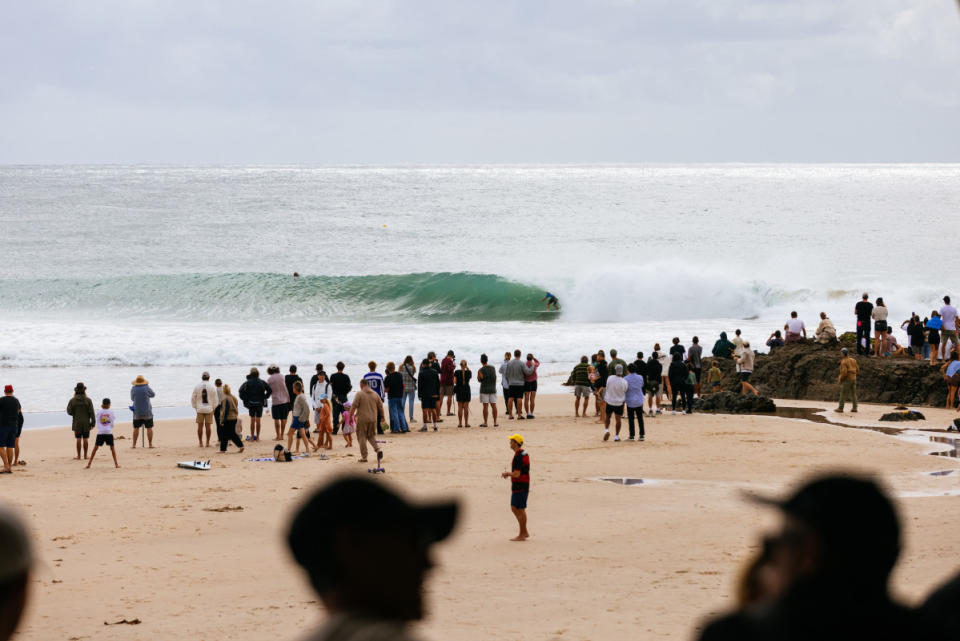
Cait Miers
One key take away from the event was that with four-person heats, surfers have the power to push pro surfing into a mainstream category of TV sports alongside football and basketball. When the waves are as consistent and good as they were at Snapper – as they should always be for events of this calibre given the locations and forecasting tools at the WSL’s disposal – the action of four-person heats is so relentless and so full of drama you’re glued to the screen if you have even a passing interest in the sport.
The four-man format also changed the brand of surfing on show; from the cautious, slow-paced chess match of the man-on-man format, to a frenetic shootout as four surfers scoured the lineup in search of any opportunity to put up a solid combo of maneuvres. Waiting for set waves is not a luxury you can afford in a four-person heat. A couple of decent insiders plied with explosive high-risk surfing will get you through most heats, and that’s what we saw.
When coupled with an up-and-coming generation whose very forte is just that – explosive, high-risk surfing – it made for one of the great events in recent memory.
On the men’s side we saw the arrival of Aussie freesurf phenom turned burgeoning comp demon, Dakoda Walters. We saw Brazilian Ian Gouveia blow minds with a punt pundits are still trying to name (inverted double-grab backside air reverse?). We saw the progressive point-break-honed frontside rail surfing of Aussie sensation, George Pittar, earn another semi-final finish. We saw a breakthrough performance from Barbadian, Josh Burke, on the back of getting immensely barelled behind the rock. We saw Sammy Pupo lay down tracks like we’ve seldom, maybe never, seen at this wave, on his way to falling just short of defending his Snapper C.S title. And we saw a breakthrough win from largely unknown Lennox Head lad, Mikey McDonagh, urged on by a deafening home crowd.
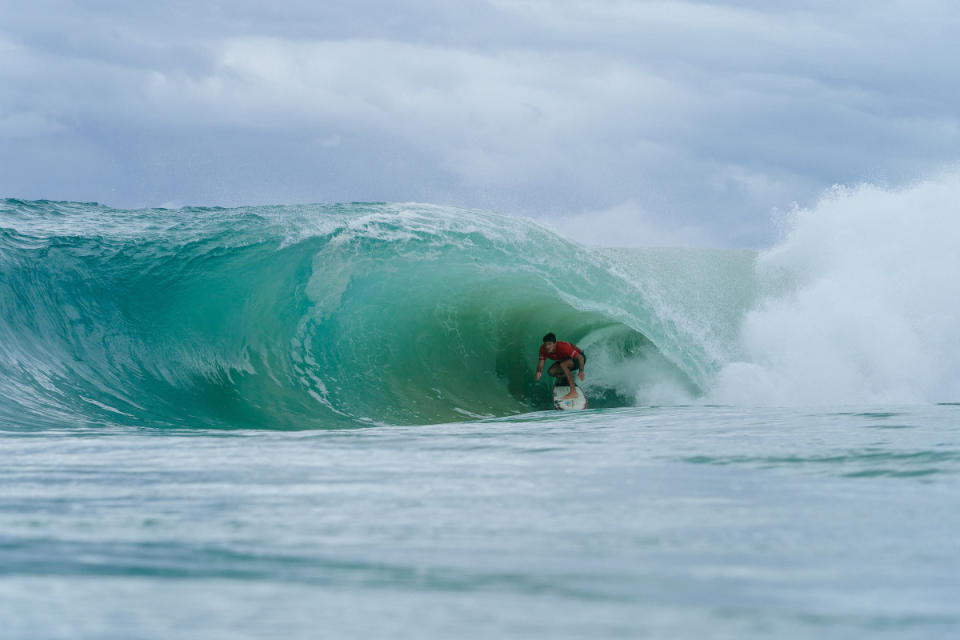
Andrew Shield
Born and bred on a world-class point just an hour south of Snapper, McDonagh and his timing, precision, and wave selection was a real feature throughout the event. Though his performance in the final was the one that will live large in his hometown’s memory. Up against the form surfer of the event in Sammy Pupo, he controlled the tempo of the heat masterfully, building a house with mid-range scores for vertical lip attacks and full-blooded meat hacks, getting the better of the opening exchanges. With conditions deteriorating and the margin widening, the parochial home crowd reached fever pitch before pandemonium set in when McDonagh dropped an 8.60 for a stranglehold on the final and the win.
None of it, however, was enough to outshine a single wave ridden byErin Brooks – a diminutive 16-year-old, Texas-born Canadian. Her perfect ten to open up her account in the semi final against Australian Isabella Nichols may be one of the greatest waves ever ridden by a woman in a contest jersey. I watched it from the beach, missing the take off only to look up as the crowd gasped and seeing the biggest, bluest barrel of Finals Day rifling off with seemingly no one in it. That’s how deep she was. After knifing the drop well behind a thundering section, she pulled a strong line through the low road of the tube, as it squared out, cannoned down the line, inhaled then exhaled and spat out a tiny spec of celestial matter. Maybe it was shock but I recalled a momentary hush falling over the crowd as surfing’s collective consciousness attempted to compute an impossible data entry. A surfer of that size, age, and dimensions should not be capable of that and we all needed a moment to make sense of this rare, quantum leap in performance surfing. One in which best backside barrel of the event, male or female, was had by a tiny 16-year-old woman. What a moment.
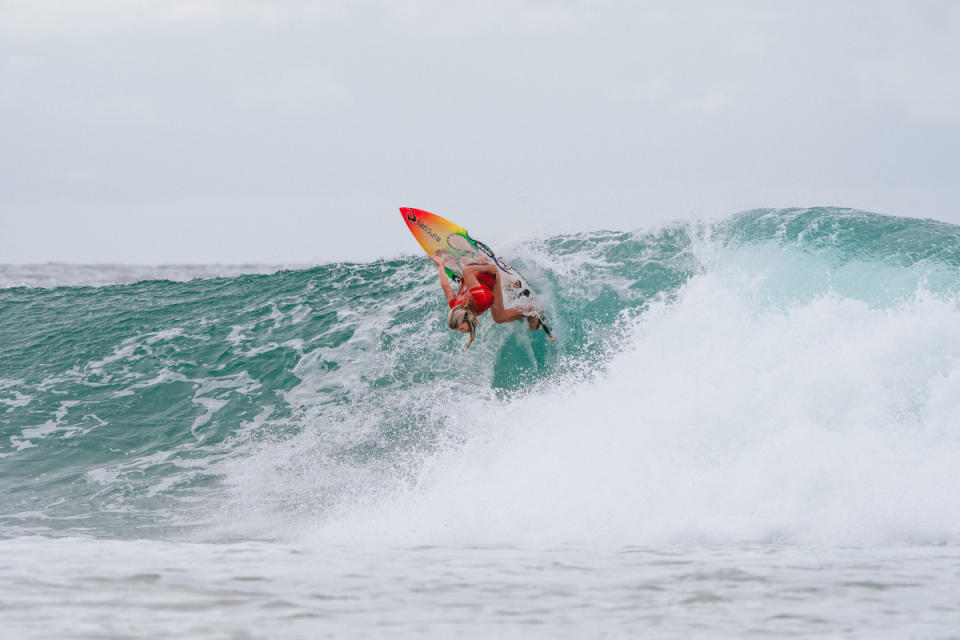
Andrew Shield
Brooks took out the final for good measure with that kind new-school dexterity, manifest in deep bottom turns, vertical backside hangers and fin-blows, that screams world titles. Already able to get into positions on her backhand that no one woman has ever gotten to before, her surfing was testament to what this Challenger Series tier and format of surfing is all about: excitement, spontaneity, youth, drama, risk, and, ultimately, great theatre. All in all a major step in the right direction for the World Surf League.
Her mind-melting brand of explosive unforeseen surfing and pure technique was testament to what this tier of surfing is all about, and a big step in the right direction for the World Surf League.
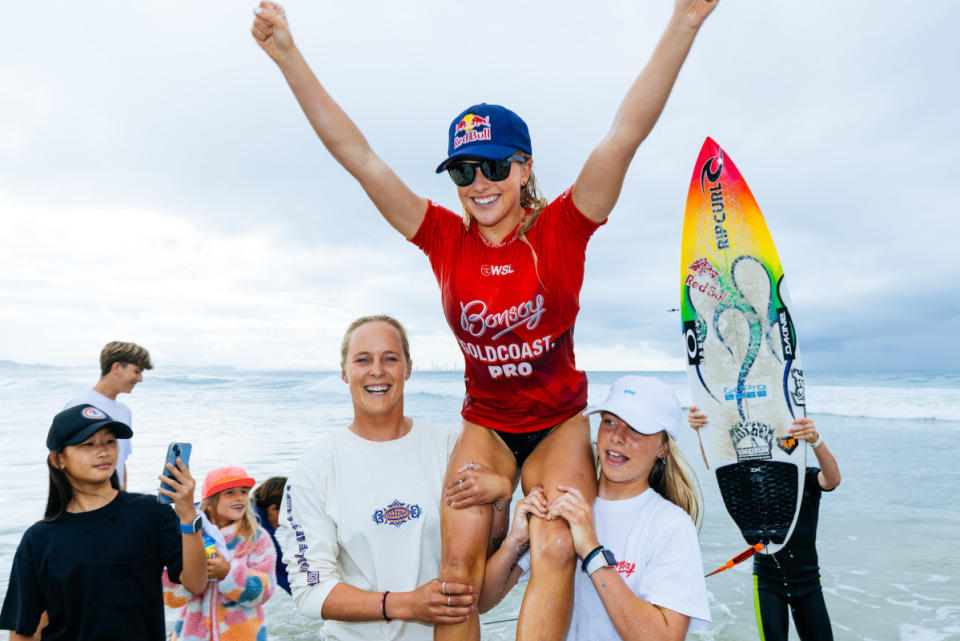
Cait Miers

